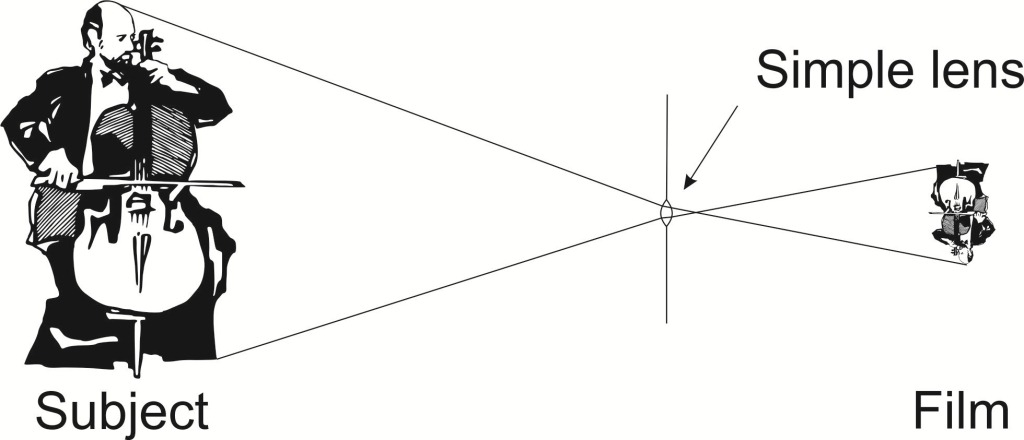Reflections on Eldon Russell Park
At first glance Eldon Russell Park in Burton, Ohio does not have much to
attract attention. On a topographic map
there are two wishful contour lines that meander through the park, one ¾-mile
loop trail, one pavilion, and oh yeah – one river. So I admit it took me a while to get around
to visiting Eldon Russell Park. However, if you take your time to notice
maybe just a little more carefully, this park can be a wonderful experience.
At a normal walking pace you will complete the trail in less
than 30 minutes. The key to enjoying Eldon
Russell Park is to slow down; mimic the speed of the river. As you stroll South from the pavilion along
the river there is a whole host of things to notice: The wide open wet forest to your West, the
plentiful coyote scat on the trail, the pungent smell of flooded soil, and yes,
the reflections.
Those of us who has been around cameras for a while know the image projected on the film / sensor is really upside down and backwards. This is because the as light travels through the lens it gets flipped.
 View cameras have a ground glass that goes in place of the film so the photographer can see and compose the image prior to capture. Of course now with digital backs instead of film, photographers who shoot with medium format can view the shot either ahead of time with live-view or immediately after. That's the way I use my Alpa technical camera. But sometimes seeing the image upside down and backwards helps because it makes the image more graphic and forces me to concentrate on the composition instead of just subject. Simple to do on the Phase One digital back I use. Just set the back up to rotate the image 180 degrees.
View cameras have a ground glass that goes in place of the film so the photographer can see and compose the image prior to capture. Of course now with digital backs instead of film, photographers who shoot with medium format can view the shot either ahead of time with live-view or immediately after. That's the way I use my Alpa technical camera. But sometimes seeing the image upside down and backwards helps because it makes the image more graphic and forces me to concentrate on the composition instead of just subject. Simple to do on the Phase One digital back I use. Just set the back up to rotate the image 180 degrees. That is exactly what I did the day I went to Eldon Russell Park. The image at the top is oriented how I saw it on the digital back that day: Upside down and backwards. The trees that cause the shadows are on the East bank while I was standing on the West bank (hmm – I wonder how many people just flipped over their iPad…). It was a windy day and the clouds were beginning to break up from a cold front that came in. Since the forest protects the river here, the wind created small ripples that give this image its impressionistic, painted quality. With the right breeze and an interesting sky, the photo opportunities are endless!
Here is another image from that day, oriented the way you would see it if you were there.


















